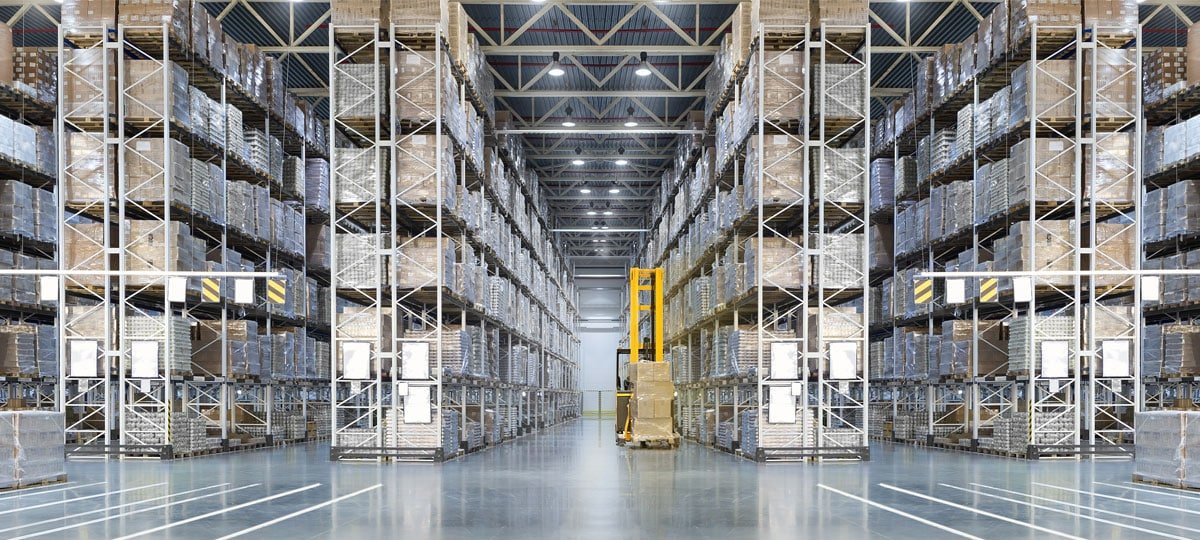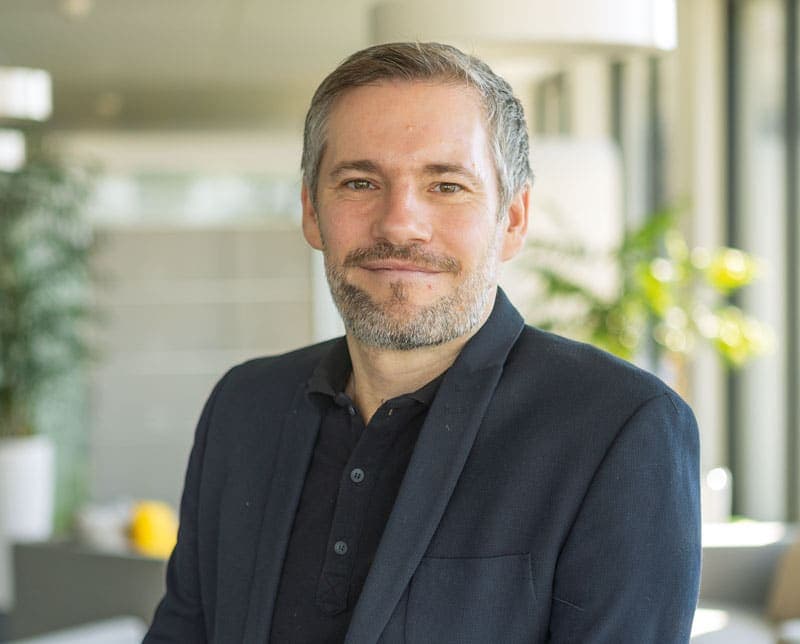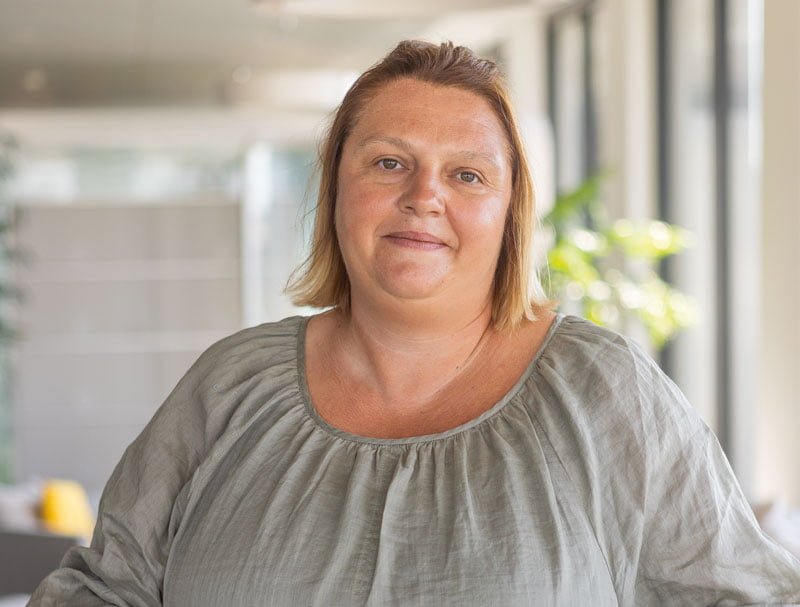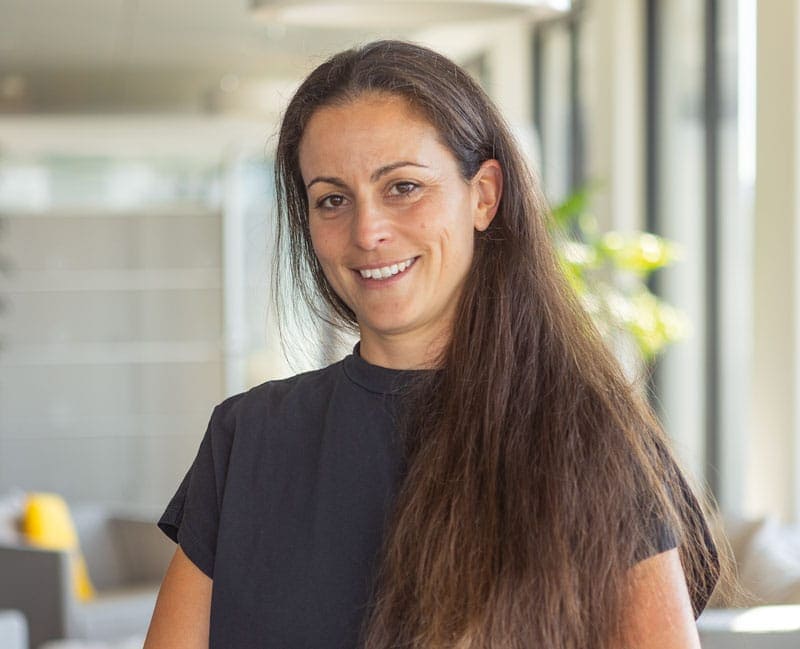BRIM and logistics


SAP Billing and Revenue Innovation Management in the Logistics Environment
Invoicing was to be harmonized with the other logistics services invoicing processes. The top priority was to stay as close as possible to the standard, based on the new billing solution SAP BRIM. In this interview, Flavia Colaianni, SAP Module Consultant at Swiss Post, Kirsten Hussung, Chief Business Process Consultant at SAP, and Juan Vazquez, Process Manager at Swiss Post.
What is meant by EOS and LOGOS?
Juan Vazquez, Swiss Post: EOS and LOGOS are individual logistics solutions developed in-house. These are used primarily by major customers who have complex and individual contracts with Swiss Post AG. Logistics orders are planned and processed with them, such as warehouse and general cargo management, route processing or international customs clearance for the major customers.

“The customer master data in BRIM is mapped via the business partners and the contract account.“
Juan Vazquez,
Process Manager, Swiss Post
Can you give an example of this?
Vazquez: To enable a company to concentrate fully on its core business, Swiss Post AG offers its services in the areas of forwarding, warehouse and logistics management.
Kirsten Hussung, SAP: In EOS, for example, the forwarding orders are created and the route planning is done. For invoicing the services contained in orders, BRIM automatically creates billable items. These can be enriched with additional details and then automatically billed and invoiced.

“The BRIM invoicing solution replaced SD in-house developments as well as solutions in warehouse logistics and customs clearance.“
Kirsten Hussung,
Chief Business Process Consultant, SAP
What other services are billed in the logistics environment?
Hussung: In addition to the services mentioned above, there are also printing services and goods management for third-party customers. For this, the delivery process is triggered from SAP SD and open item management takes place in Contract Accounts Receivable and Payable.
And how was billing and invoicing realized before?
Flavia Colaianni, Swiss Post: Billing and invoicing were managed on two systems before the conversion to BRIM. Open items were managed by accounts receivable management in SAP ERP, and invoicing and billing were performed and generated in the upstream logistics systems. Since the beginning of 2022, the logistics services area has been running SAP BRIM on the new S/4 Hana system. With this changeover, the mass data generated for B2C and B2B customers can be processed quickly and with high performance.

“It was important to have well-founded analyses as well as timely tests so that the error patterns of the requirements could be detected early on.“
Flavia Colaianni,
SAP module consultant, Swiss Post
How is the invoicing process for delivery services carried out?
Hussung: Billing takes place in the SAP module Convergent Invoicing for pure service processes and in the SAP module SD for processes with delivery. Only the billing document is transferred to BRIM. SD usage is recommended by SAP as a standard process for delivery-related services. Thus, the billing documents are further processed via the standard processes in Cash Management from Logistics Services - and there are no special, noteworthy deviations.
Colaianni: We invoice the services offered in BRIM, the physical products with warehousing are managed in SD and then transferred to BRIM for accounting. Thus, all invoices and documents converge centrally in the billing solution.
Hussung: Printing services and printed products also continue to be entered via order entry in SD, as the delivery process in SAP runs in the background here and is then triggered via SD. These are mainly typical in-house products such as envelopes, packaging material and much more. The majority of customers are "internal customers" who are also invoiced internally.
How high is the data transfer in the process?
Vazquez: In the case of EOS and LOGOS, it is not the number of customers that has led to the changeover to BRIM, but the number of individual items per invoice and per customer, because it is primarily large customers with a large product portfolio that use the services of Swiss Post AG. For the invoice recipient, the individual items, billable items, are aggregated in the billing and invoicing process and printed cumulatively on the invoice.
Colaianni: For end-to-end traceability of a settlement, the originating documents are also linked to SD-Faktura, such as customs clearance documents, scan documents, PDF attachments and other file attachments, which are then available with a click in BRIM.
And master data management?
Vasquez: The customer master data in BRIM is mapped via the business partner and the contract account: In SAP MDG the business partner is created; in BRIM the contract account is created. The master data process "Opening" is automated in EOS and LOGOS to the extent that a contract account is automatically created for a newly opened business partner by means of a template account. The product master data is created directly in SAP as a material master.
What were the special features?
Colaianni: In the alignment of the terms of payment, which were leading in the SAP module SD and so are not used in BRIM. If a business partner has more than one contract account, the correct contract account is determined when the billing document is transferred from SD to BRIM.
Hussung: For EOS, the back interface for business partner postings was set up so that the open items can be reported directly and automatically to the source system, for example, to perform a credit limit check.
And the pitfalls?
Colaianni: Initially, it was difficult for us as IT to get to know the complex processes and whether we should run EOS and LOGOS together or separately.
Hussung: By involving the department at an early stage, issues were addressed in a timely, efficient and solution-oriented manner.
Colaianni: It is important for cooperation in the project that people value each other - in IT and in the business department. Test windows were agreed with everyone and announced promptly.
Thank you for the interview.
Information
EOS is the order management system, including route planning for transport orders.
LOGOS is the warehouse management system of the Goods Logistics division. The transactions handled with it (goods receipts and issues, additional services, etc.) and the storage space occupied by the customer serve as the starting point for billing the services in SAP BRIM.
Integration SD (Sales and Distribution module from SAP): The integration between SAP SD and SAP BRIM FI-CA enables billing documents from Sales and Distribution (SAP module SD) to be transferred to Contract Accounts Receivable and Payable (FI-CA). The invoices are automatically posted to the subledger (BRIM contract account) when they are created and can be further processed there. At Swiss Post, this integration is used in the area of sales of merchandise from third-party suppliers via a postal warehouse and for printed products.





